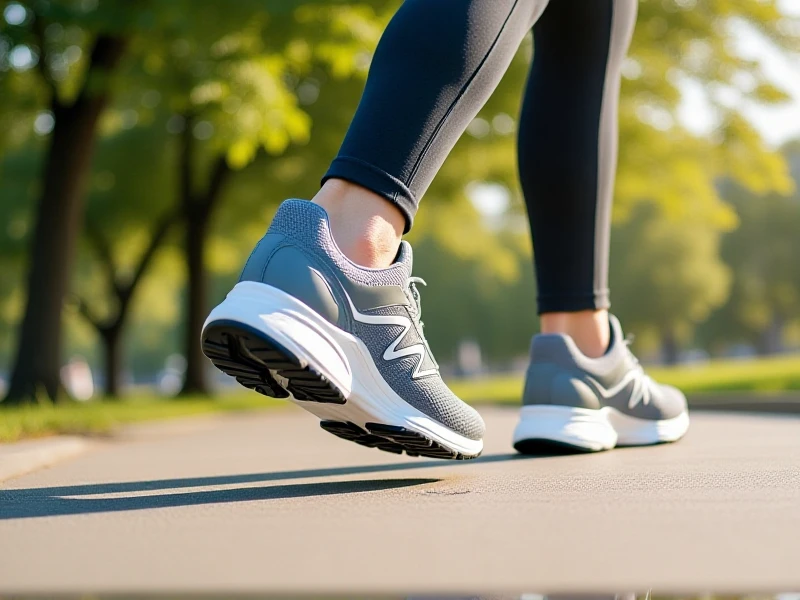
Unlock Your Best Run: The Ultimate Guide to Choosing Running Shoes
Every stride counts. Whether you're training for a marathon, enjoying a daily jog, or just starting your running journey, the right pair of running shoes is your most crucial piece of gear. Wearing improper footwear doesn't just slow you down – it can lead to discomfort, pain, and even long-term injuries. Understanding what makes great running shoes can transform your experience.
Finding Your Perfect Fit is Non-Negotiable
Never compromise on fit. Your running shoes should feel snug but not tight, with ample space (about a thumb's width) for your toes to splay naturally. Heel slippage causes blisters, while cramped toe boxes lead to blackened nails. Getting professionally fitted at a specialty store is highly recommended – they assess your gait, foot shape, and unique needs.
Key Considerations When Selecting Running Shoes
- Cushioning Level: This depends heavily on personal preference and running style. Max cushioning absorbs significant impact for long distances or heel strikers, while minimal cushioning offers ground feel and promotes a midfoot strike. Plenty of responsive, moderate options bridge the gap.
- Stability & Support: Understand your foot's motion. Do you overpronate (ankles roll excessively inward)? Underpronate (supinate)? Or have a neutral stride? Stability and motion control shoes help correct overpronation, while neutral shoes offer flexibility for efficient runners.
- Running Surface: Match your shoe to your terrain. Road running shoes prioritize cushioning and lightweight materials for pavement. Trail running shoes boast aggressive tread, enhanced protection, and superior grip for uneven, muddy, or rocky paths. Hybrid options exist for versatile use.
- Drop (Heel-to-Toe Offset): The difference in height between the heel and forefoot. Traditional shoes often have a higher drop (8-12mm), placing less strain on the Achilles. Lower drops (0-6mm) promote a more natural foot position but require calf adaptation.
- Weight & Breathability: Lightweight running shoes reduce fatigue over distance. Breathable uppers keep feet cool and dry, preventing blisters and overheating. Choose durable mesh materials.
The "Sweet Spot" Matters
Every pair of running shoes has a finite lifespan. Experts recommend replacing your running shoes every 300-500 miles (approx. 480-800 km). Signs like worn-out tread, noticeable midsole compression, loss of cushioning, or new aches/pains signal it's time for fresh shoes. Investing in high-quality running shoes is an investment in your running health and performance.
Ultimately, the perfect running shoes feel comfortable right out of the box and support your unique feet and running goals. Dedicate time to find them – your body will thank you with every pain-free, powerful mile you log. Explore the options, get expert advice, and step confidently into your next run.